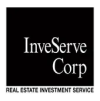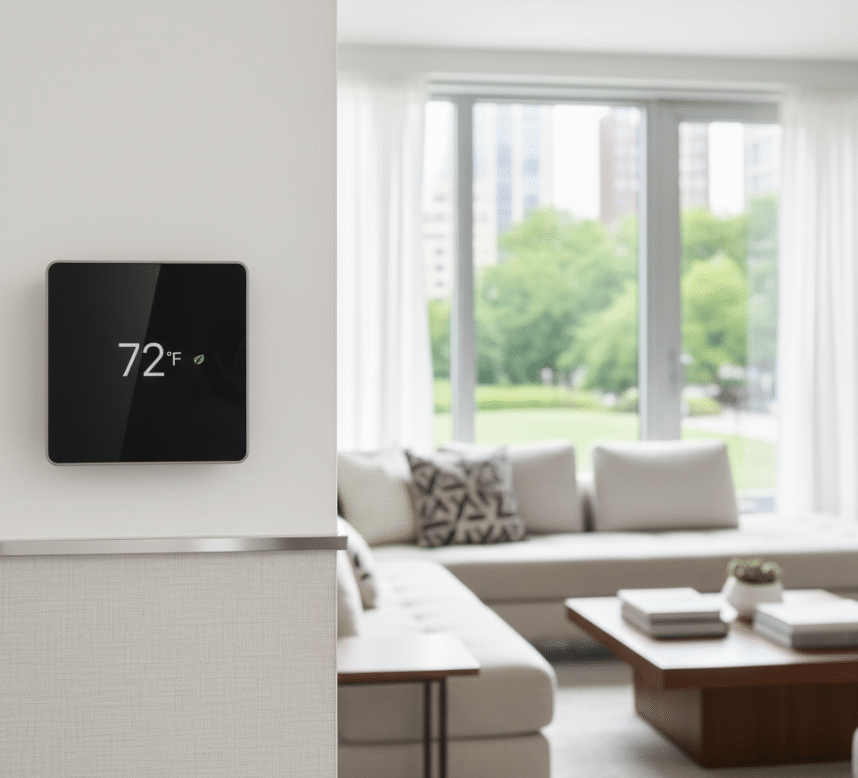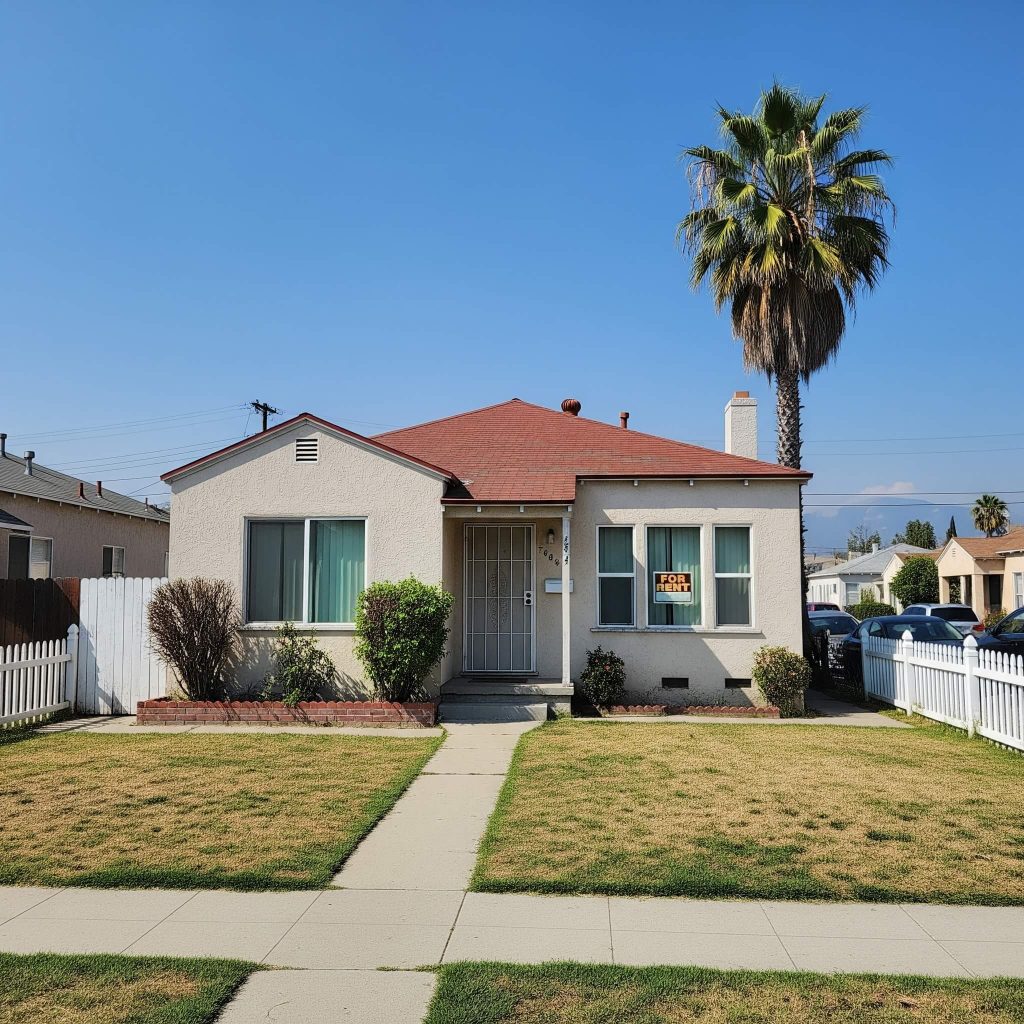The Greater Los Angeles area offers almost limitless possibilities for commercial real estate investment. From small retail centers to large industrial complexes, there are gems out there just waiting to be found.
But before you go looking for commercial real estate in the San Gabriel Valley, you must first have a solid understanding of how leasing works for commercial properties. This guide will introduce you to key terms and definitions, elements of a commercial lease, and common mistakes to avoid.
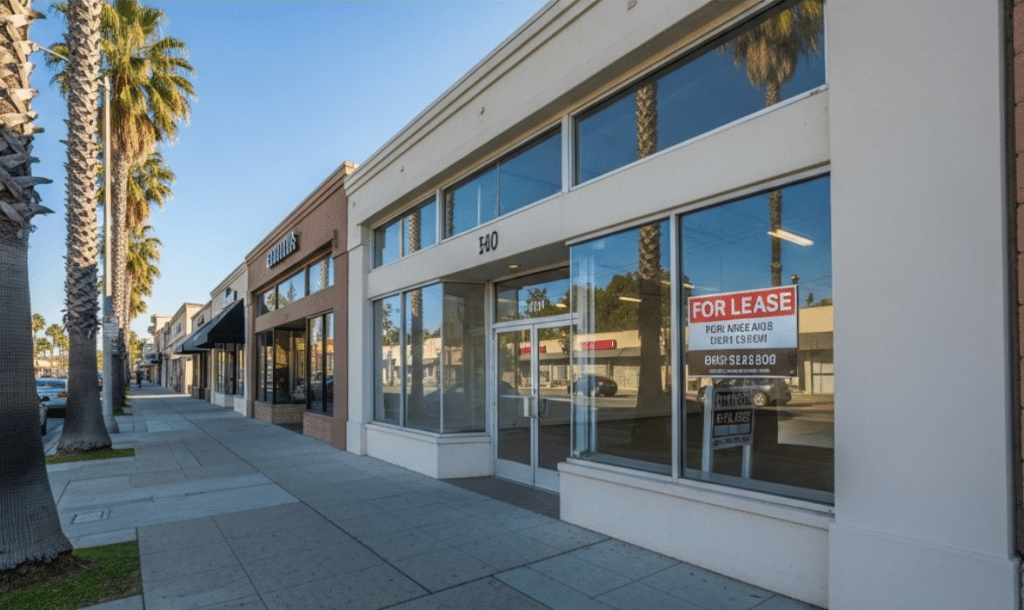
Greater Los Angeles Commercial Real Estate Market
With such a robust real estate market, Los Angeles County consistently attracts investments in commercial properties. However, the market is always shifting, and knowing these changes is essential for any investor.
For example, the office market, while showing signs of stability, can still have many empty spaces, often putting tenants in a stronger bargaining position. In sharp contrast, industrial properties often perform very well, driven by the constant growth of online shopping and the region’s big role in moving goods around the world. Retail, despite some challenges, tends to have relatively few empty spaces because new construction is often limited.
And these market differences aren’t just figures. They directly shape how commercial lease deals are negotiated and which kinds of agreements will best fit an investor’s goals.
Understanding Commercial Lease Types in SGV
The way a commercial lease is put together is fundamental because it decides how expenses and duties are split between the property owner and the renter. Let’s look at the main types you’ll come across in the Los Angeles market.
Gross Lease (or Full-Service Lease)
Here, a commercial property tenant pays one flat monthly fee, and the property owner covers most, if not all, of the building’s running costs, such as property taxes, insurance, and common area maintenance (CAM) fees. For the tenant, this means predictable budgeting.
But, it’s good to remember that this convenience usually comes with a higher base rent, as the property owner needs to account for the costs they are taking on. This type of lease is often seen in office buildings with many tenants, where it would be impractical for each tenant to handle every small cost themselves.
Net Leases (Single, Double, and Triple Net)
These types gradually shift more of the operating expenses from the property owner to the tenant.
Single Net (N) Lease
The tenant pays their base rent plus an agreed-upon part of the property taxes. The property owner still handles insurance and CAM.
Double Net (NN) Lease
Moving a step further, the tenant pays base rent, property taxes, and property insurance. The property owner typically still manages and pays for common area maintenance.
Triple Net (NNN) Lease
This is perhaps the most common and often preferred by property owners, especially for single-tenant industrial and retail buildings. In an NNN lease, the tenant is responsible for base rent, property taxes, property insurance, and all common area maintenance (CAM) costs.
This can include everything from utilities and landscaping to cleaning services for shared areas, and sometimes even major structural repairs. The trade-off for the tenant is usually a lower base rent compared to a gross lease, since they are taking on more of the building’s operational burden.
For investors, NNN leases generally mean less day-to-day involvement with property expenses, making financial planning more straightforward.
Modified Gross Lease
This is a flexible blend, combining parts of both gross and net leases. Expenses are shared between the property owner and tenant, but the exact division can be highly customized.
For instance, a property owner might cover property taxes and insurance, while the tenant pays for utilities and a portion of CAM that goes above a certain initial amount.
The strength of a modified gross lease is its adaptability, allowing both parties to create an agreement that suits their specific needs and the building’s features.
Percentage Lease
Mostly found in retail settings, this lease type includes a base rent plus a percentage of the tenant’s total sales. This arrangement directly links the property owner’s financial success to the tenant’s business performance.
During slower periods, the tenant benefits from potentially lower overall rent because of the reduced percentage payment, while the property owner gains more income during times of high sales.
Understanding Key Lease Details and Important Points

Beyond knowing the basic lease type, it’s very important for any investor to carefully look at several critical parts of the lease.
Rent and Rent Increase Clauses
These clauses precisely define the base rent, when payments are due, and, crucially, how rent will go up over the lease term. Common ways include fixed yearly increases (for example, 2% per year), adjustments tied to inflation (like the Consumer Price Index), or regular market rate adjustments where rent is reset based on current market values. Understanding these methods is vital for planning your income.
Lease Term and Renewal Options
The length of the initial lease term should fit your investment timeline. Any renewal options given to the tenant are equally important. These parts of the lease should clearly state the terms for rent adjustments upon renewal, the required notice period, and any conditions that must be met for the option to be exercised.
Use Clause
This part strictly defines what the leased property can be used for. This is crucial for two main reasons: first, to make sure the tenant’s business activities follow all local zoning rules; and second, to maintain the character and desired mix of tenants in your overall property, especially in developments with multiple businesses.
Maintenance and Repairs
This section clearly outlines who is responsible for keeping the property in good condition and fixing things. This includes everything from routine care like replacing lightbulbs to more significant issues involving HVAC systems, plumbing, electrical, and even the building’s structure. Clear wording here helps prevent future arguments.
Tenant Improvement (TI) Allowances
If a tenant needs to make changes or build out the space to fit their specific business needs, the lease should clearly detail the property owner’s contribution (if any) towards these costs. It also outlines the process for getting design approvals, permits, and completing the improvements. A well-defined TI allowance can be a big point during negotiations.
Default and Remedies
This section is very important. It explains what constitutes breaking a lease rule by either party (e.g., failing to pay rent, neglecting to maintain the property) and outlines the legal steps the wronged party can take. It’s the framework for solving disagreements and making sure the lease terms are followed.
Subleasing and Assignment
These clauses discuss the tenant’s right to rent out a portion or all of their space to another party, or to transfer the entire lease to a new tenant. Property owner permission is almost always required, and the lease specifies the conditions under which such permission may be given or refused.
ADA Compliance
Greater Los Angeles has strict rules about accessibility for people with disabilities, so the lease should clearly state who is responsible for any necessary Americans with Disabilities Act (ADA) upgrades, both at the start and throughout the lease term. This can be a substantial cost.
Zoning and Regulatory Compliance
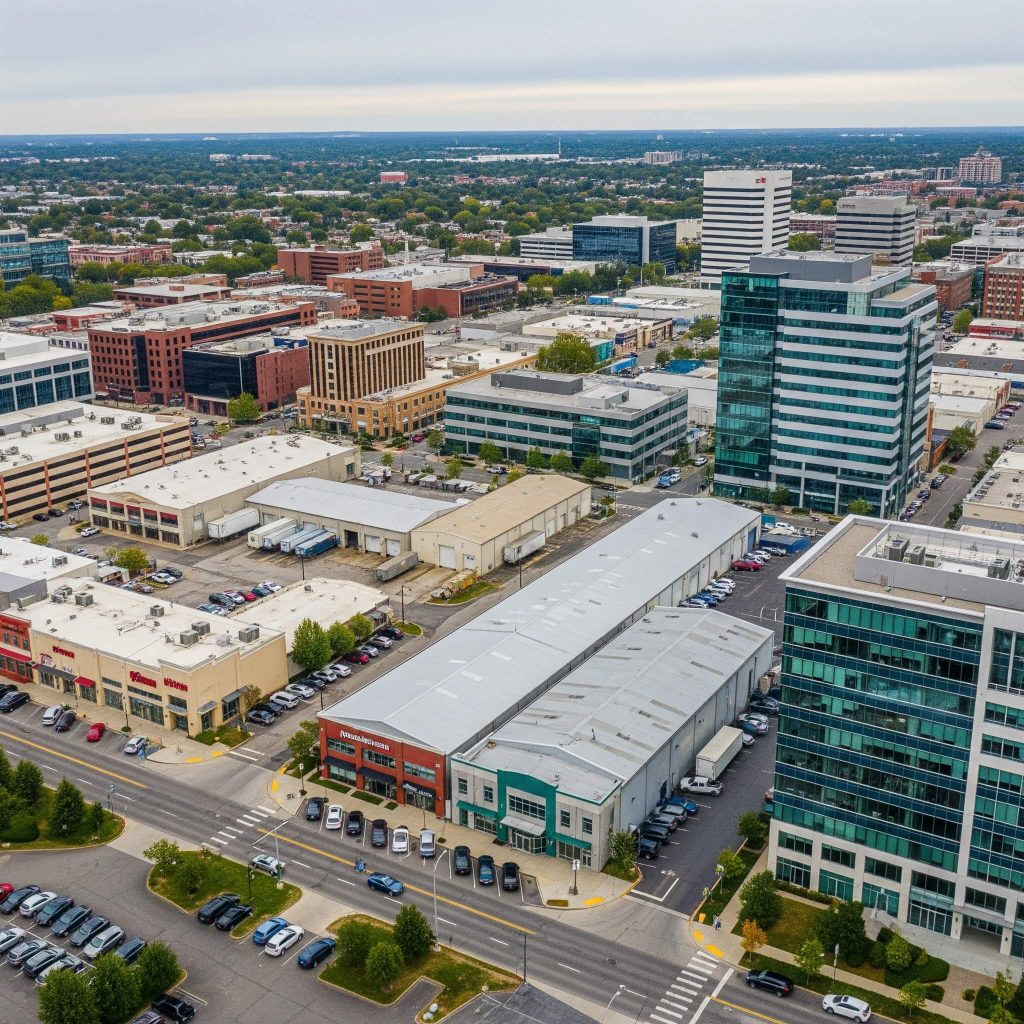
Lastly, it is absolutely essential to confirm that the proposed tenant’s use fully complies with all local Zoning and Regulatory Compliance laws, building codes, and any other relevant government rules. Overlooking this can lead to expensive fines, delays, or even the tenant being unable to operate.
Staying Clear of Common Commercial Lease Errors
Even for experienced investors, commercial leases can bring tricky challenges. InveServe Corp. always tells clients to be aware of these common problems.
Unclear Language
Vague or fuzzy language in the lease is a sure path to future arguments. Every single term, especially those about money, duties, and timelines, should be precise and easy to understand. Clarity is your best protection.
Hidden Costs
Beyond the base rent, make sure you have a very detailed list of all other expenses. This includes understanding the full scope of CAM charges, utility responsibilities, and tax and insurance duties. It’s also smart to think about negotiating limits on costs that can change to help predict your spending.
Rigid Exit Strategies
Businesses change, and sometimes tenants need to adjust their space requirements. Negotiate clauses for possible early lease termination, clear rights to sublease, or options to buy out the lease. This gives you flexibility if unexpected things happen for either party.
Insufficient Background Checks
Never rush the process of gathering information and inspecting the property. Thoroughly look into the property’s physical condition, its past running costs, and current market rental rates for similar properties. Reviewing the building’s maintenance history, checking for potential environmental concerns, and understanding any needed repairs are all crucial steps.
Lack of Expert Help
Commercial leases are intricate legal documents with big financial implications. Hiring an experienced commercial real estate attorney to review and negotiate the lease, and a qualified tenant broker (if you are the property owner’s representative), is not an expense; it is a vital investment in protecting your interests and making sure the lease helps achieve your long-term investment goals.
Working Together for Success in the San Gabriel Valley Market
The Greater Los Angeles commercial real estate market presents many exciting opportunities, but successful commercial real estate investment demands a careful and informed way of handling leases.
By truly understanding the various lease types, carefully examining key parts of the lease, and actively avoiding possible problems, investors can strengthen their position, protect their properties, and earn more.
At InveServe Corp., our wide experience managing commercial properties across the San Gabriel Valley and Greater Los Angeles helps us provide the expert knowledge and direct management needed to handle this complex market.
We are proud of our clear reporting, proactive maintenance, and smart leasing services designed to make your investment portfolio perform at its best. Work with a trusted partner who truly understands the details of the San Gabriel Valley market and is dedicated to your long-term success.
